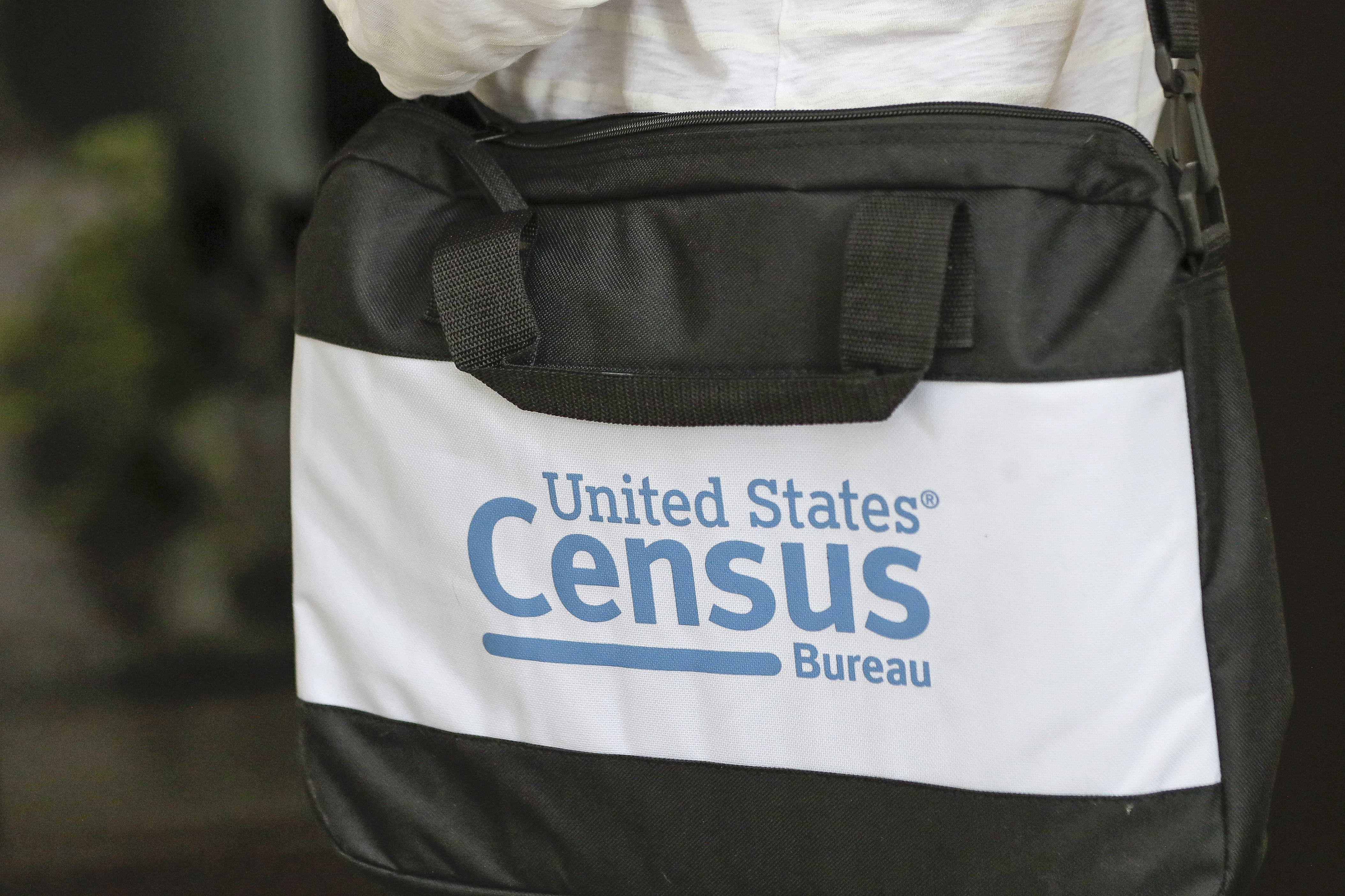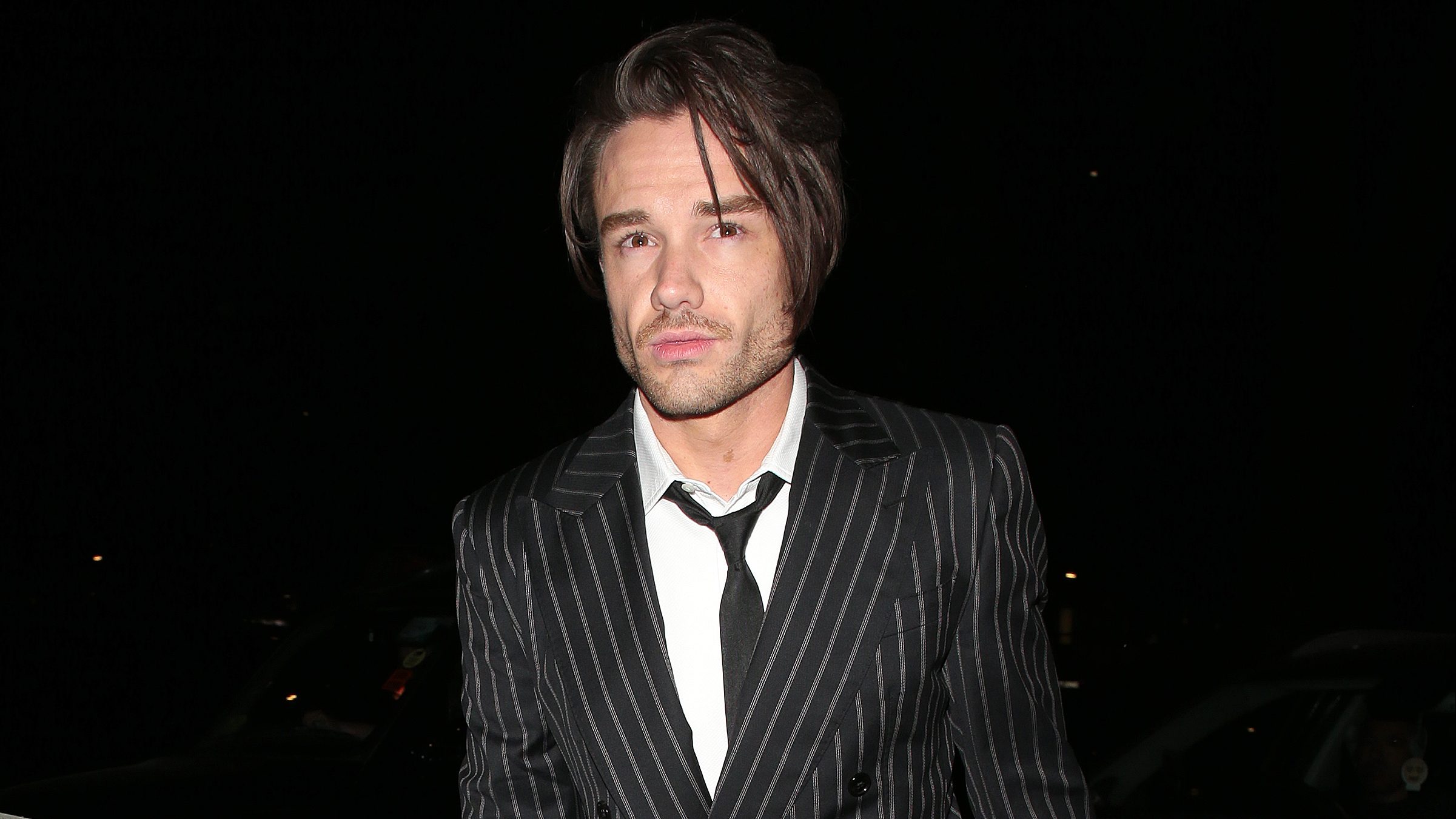
From his “war room” decorated with political merch and “awesome memes” in his mom’s South Jersey home, David Austin, 20, has raised almost $18 million for his super PAC trying to reach Gen Z voters like him, arguing it takes a young person to communicate with young people.
“You need real young people,” said Austin, the founder of ForwardBlue. “And that’s part of what a lot of these large organizations miss out on. Their staff are significantly older than the generations that they’re trying to reach and they’re relying on historical best practices that may not apply to the way this generation communicates.”
Austin first got involved in politics as a middle school tween, activated by former President Donald Trump’s first campaign almost a decade ago. He says he’s devoted as much time as possible to politics since then, postponing college and deprioritizing typical adolescent activities.
“I spent every minute I could after school volunteering for my state party, building websites for Democrats, doing whatever I could,” he said. “My friends were playing sports, they’re in a band, they’re playing video games for hours and hours after school, and I’m like, 'Hey I’m volunteering to elect Democrats.'”
After high school, Austin worked on the 2022 campaign of Sen. John Fetterman, a Pennsylvania Democrat, before founding ForwardBlue last year, which received an influx of donations around the time Vice President Kamala Harris replaced President Joe Biden as the party’s nominee. Austin says the group now has about 500,000 donors and made 3.5 million voter contacts.
The group has spent $6 million so far targeting voters 18 to 24 in Maryland, Montana, Ohio — home to three of this year’s marquee Senate races — in addition to Pennsylvania and Wisconsin, which are presidential and Senate battlegrounds.
What sets the group apart from other Democratic groups trying to reach young people is not just its message, Austin said, but how it delivers it. Using "everything but TV," they do text messages, digital ads in nontraditional places like video game media and the gay-friendly dating app Grindr, and in public places in and around college campuses, like bus stops and dorm hallways.
U.S. & World
The day's top national and international news.
While the topics are similar to those in ads for the general population — the cost-of-living, abortion and Fentanyl addiction in some places — the tone is different. There's avoiding the “cringe” factor common when older people try to speak the language of young people, Austin said, but also tailoring a message to the lived experiences of young people.
For instance, he said that while abortion is a major motivator for young people, he thinks “dark abortion content” — ads that highlight, in sometimes graphic ways, personal harm caused by abortion bans — can turn off young people who are not used to seeing uncomfortable content in their feeds and unlikely to have personal experience with pregnancy or family planning.
Their best-testing issue, however, is the unaffordability of housing.
“The rent is too damn high,” Austin said, referring to a political moment that went viral when he was in first grade. “Young people care about moving out from their parent’s house, and that can feel unattainable right now.”
But Austin, who can’t even legally drink yet, is keeping his war room at his mom’s house, for now at least.
This story first appeared on NBCNews.com. More from NBC News:



